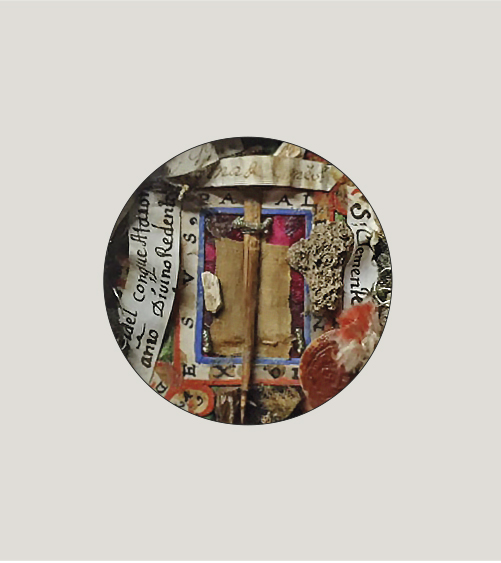There are many treasures in Mula, but none as valuable as the thorn which belonged to the crown worn by Jesus on the Cross. The Bishop of the Diocese of Cartagena has vouched for the authenticity of all of the documents which claim this as a holy relic, and which were duly recorded in his day by Cardinal Belluga in the early 18th century.
How did it come to be in Mula?
This is a long story, and everything points to the relic arriving as part of the heritage of the Austria dynasty. Prince Juan José de Austria, one of the illegitimate sons of Felipe IV, welcomed the Mula cleric Fray Pedro de Jesús into his court, and the two men developed such a close friendship that when he died the Prince left all of his reliquaries to the friar.
Fray Pedro had lost all of his family during an outbreak of the plague in the mid-17th century, and one day while tending his flock in the countryside he had had a vision of the Infant Jesus urging him to take up orders. From then on he lived in various monasteries in the Diocese of Cartagena before deciding to make a pilgrimage to the Holy Land.
It was after his return to Spain that he met Don Juan José de Austria and became his confessor, a service for which he was rewarded with the Holy Thorn. Pedro distributed the reliquaries as he saw fit, and the Thorn was presented to the nuns of the Real Monasterio de la Encarnación in Mula, where it has been looked after ever since.
The relic is one of the fragments of the crown which was used by the Romans to mock Christ, the "King of the Jews", and it appears that originally the crown was one of the relics salvaged by the Empress Helena of Constantinople. In the 13th century the genuine crown was offered by Emperor Baldwin II to Louis IX of France, and its first home in western Europe was the Sainte-Chapelle in Paris before it was later moved to Nôtre Dame. Over the centuries the thorns were gifted to kings and members of the aristocracy, and as well as the one in the Monasterio de la Encarnación de Mula there is also another in the Cathedral of Barcelona.

Do you know how the Crown of Thorns was broken up?
At that time it was common for such gifts to be made to royalty and nobility, and as a result pilgrims on their way to Caravaca de la Cruz have for centuries been able to stop and see the relic, so closely linked to the last hours of the life of Christ, in Mula.

